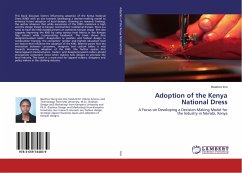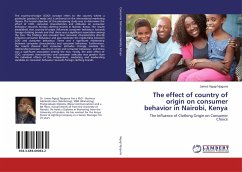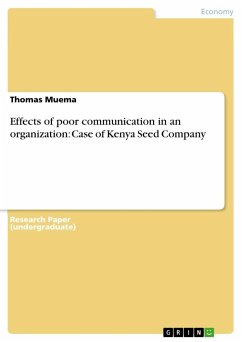The Destination Choice Sets Model as proposed by Hill (2000) suggests that the selection of a vacation destination emerges from a funnelling process that consists of four main destination sets. (1) The awareness set which includes all travel locations which people might consider as potential destinations; (2) The inert set consisting of those destinations the traveller might have too little information to consider; (3) The inept set consisting of those destinations that would out out rightly be rejected as destinations one would consider visiting; and (4) The evoked set including all the travel destinations which potential travellers might consider being reasonable alternatives in selecting a specific destination. This model was applied in assessing the position of the different Kenya s tourist attractions within the choice sets as perceived by the domestic tourist market.
Bitte wählen Sie Ihr Anliegen aus.
Rechnungen
Retourenschein anfordern
Bestellstatus
Storno








